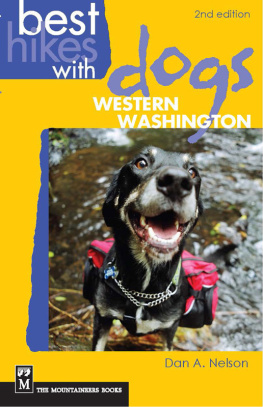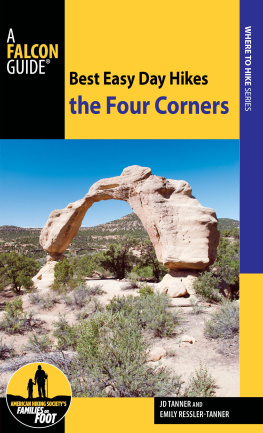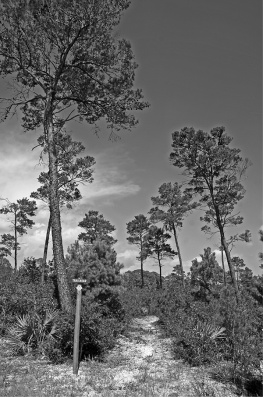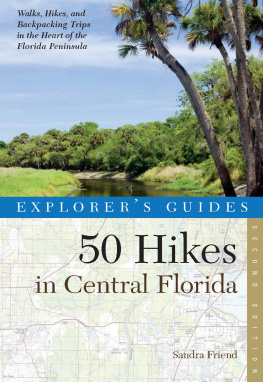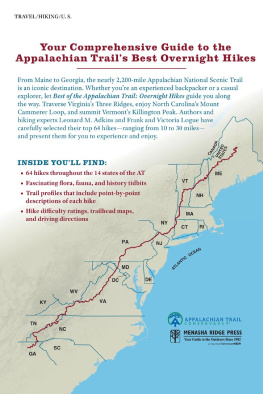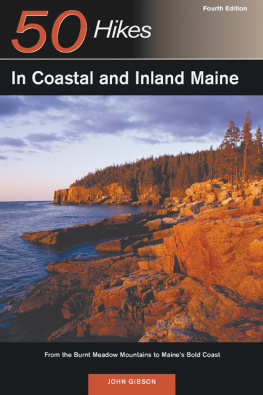Hikes
in Central New Yorks
Leatherstocking Country
From Lake Ontario to the Southern Tier
BILL BOWERS & EILEEN MCNULTY-BOWERS
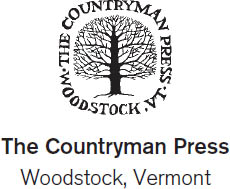
AN INVITATION TO THE READER
Over time trails can be rerouted and signs and landmarks altered. If you find that changes have occurred on the routes described in this book, please let us know so that corrections may be made in future editions. The author and publisher also welcome other comments and suggestions.
Address all correspondence to:
Editor, 50 Hikes Series
The Countryman Press
P.O. Box 748
Woodstock, VT 05091
LIBRARY OF CONGRESS
CATALOGING-IN-PUBLICATION DATA
HAS BEEN APPLIED FOR.
50 Hikes in Central New Yorks Leatherstocking
Country
ISBN 978-0-88150-817-8
Interior photographs by the authors unless
otherwise specified
Maps by Mapping Specialists,
The Countryman Press
Book design by Glenn Suokko
Composition by PerfecType, Nashville, TN
Copyright 2010 by Bill Bowers and Eileen
McNulty Bowers
First Edition
All rights reserved. No part of this book may be reproduced in any form or by any electronic or mechanical means including information storage and retrieval systems without permission in writing from the publisher, except by a reviewer, who may quote brief passages.
Published by The Countryman Press
P.O. Box 748
Woodstock, VT 05091
Distributed by W. W. Norton & Company, Inc.
500 Fifth Avenue
New York, NY 10110
Printed in the United States of America
10 9 8 7 6 5 4 3 2 1
50 Hikes in Central New Yorks
Leatherstocking Country
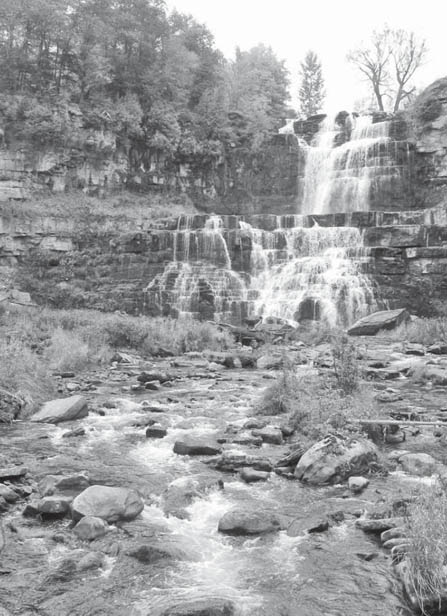
Chittenango Falls
This book is dedicated to the three million workers
of the Civilian Conservation Corps (19331942)
50 Hikes in Central New Yorks Leatherstocking Countryat a Glance

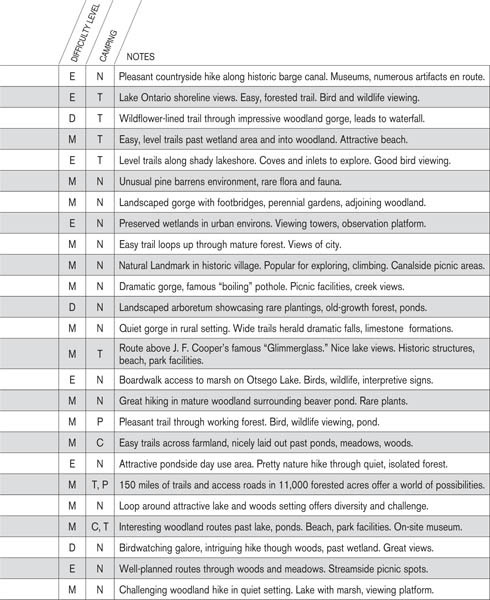
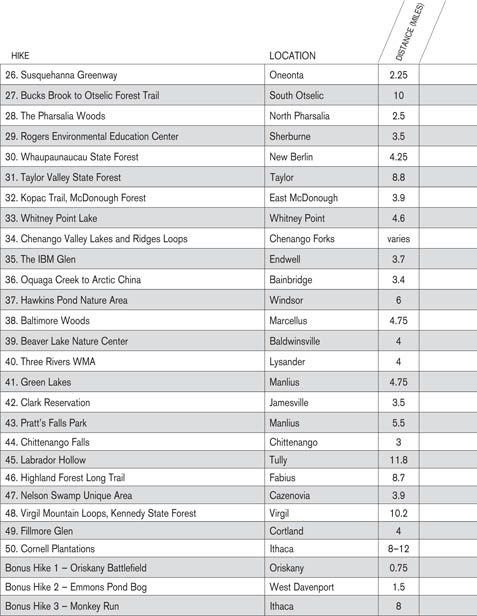
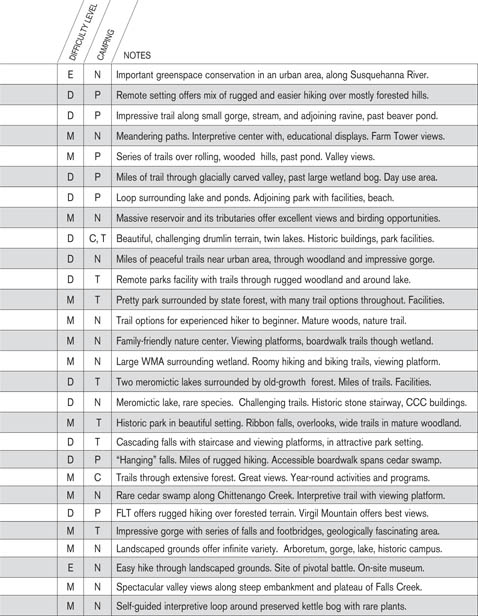
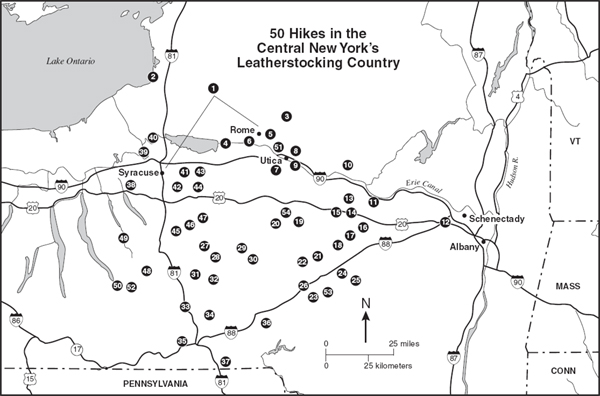
Contents
Acknowledgments
No book is ever written in isolationit is always a collaborative effort, no matter whose name appears on the cover. This volume is no exception, and would never have been possible without the friendship and support of many fine people. Our heartfelt thanks:
First and foremost to Nick Lyons, who opened many doors and introduced us to the world of publishing, teaching us (among many things) that a compound adjective is not the same as an adverbial phrase, and that all books are written one sentence at a time.
To Tony Lyons, for opportunities, advice, and publishing that first book.
To Kermit Hummel, Lisa Sacks, and the other consummate professionals at The Countryman Press and W.W. Norton & Company.
To Jennifer Thompson, for her confidence and inspiration.
To Jay Cassell, for his professionalism, generosity, and invaluable advice.
To Christina LaBarre, RN, FNP, for encouragement and medical expertise.
To Lou Tabory and Barbara Tabory, for everything and then some.
To Laura Jorstad, who happens to be the most talented editor in the Western Hemisphere.
To Butch Scribner, for laughter and inspirationand keeping the computers running.
To Denis and Cindy Lynch, for making sure we happened.
To Lefty Kreh, author, angler, and raconteur, for making us laugh and for never being too busy to help, even when he probably was.
To Kate, Rosa, and Chance for companionship and humor on the trail.
To Barbara Baird, for unwavering support.
To Marsha Petrie Sue, for setting an inspiring example.
To all the members of The Womens Outdoor Media Association (thewoma.com).
To Lisa Cinquino, for support and savoir-faire.
To Greg and Deirdre Harris, for inspiring us to aim high.
To the Dawsons, for first contact.
To Paula Brisco, for never doubting, even when there was ample reason to do so.
To Terri Wetzel, for enthusiasm and a great eye.
To Karen Steiner, for inspiring us to do our best.
To Anoel Kelly, for more things than we can count.
To the hardworking conservation officers and staff of the New York State Department of Environmental Conservation (NYSDEC) and the Office of Parks, Recreation, and Historic Preservation (OPRHP).
To Executive Director Thom OConnor and the volunteers at Landis Arboretum; and to lead arborist and avid hiker Fred Breglia, mapper of the ultimate hike.
To Adam and Chelsea at Moss Island.
To the dedicated staffers and volunteers at the many fine organizations who create, maintain, and enhance hiking trails, working tirelessly to preserve the land and educate others about Central New Yorks priceless natural wonders.
And to William P. Ehling, who paved the way.
A very special thanks To Kevin J. Bowers (still blazing trails at age 88), Edna P. Bowers, James P. McNulty, and Muriel McNulty (who blazed trails of her own).
Introduction
Welcome to Leatherstocking Country!
Steeped in rich natural and human history, this region of Central New York State is truly a dream hiking destination, offering breathtaking, bucolic scenery, wide valleys, gentle, rolling mountains, and countless lakes and rivers, along with an abundance of flora and fauna. Historically the area was blanketed with ancient forests of oak, elm, chestnut, and maple. Today, it is a countryside of farms, hamlets, and villages, where winding lanes follow old foot trails and colonial transport routes. Hops farming, sheep raising, dairy farming, and nowadays a growing Amish population have kept it mainly rural in character, the pace of life slower here than in most of 21st-century America. The region remains a bastion of pastoral tranquility, and with few exceptions the hiking trails are uncrowded.
Central New York seems little known, perhaps as much because of what it is not, as what it is. It is not Manhattan, it is not the Adirondacks or the Catskills, the Finger Lakes, or Niagara Fallsor any of those other New York places people can readily identify. The areas relative obscurity is one factor that has kept this vast and lightly populated landscapebounded roughly by Interstates 81, 90, and 88mostly pristine. The very undiscoveredness of the place, perhaps, makes it what it is.
Leatherstocking Country has been wilderness, battleground, and breadbasket; a route for freedom and freethinking. It has been muse and draw to many, and destination or route of passage to others. A place of both resource and resort, it offers inspiration, and sometimes escape. It has been fought over, forgotten, and reclaimed. And to us, it is home.
Yet few know of it.
The regions name comes from the Leatherstocking Tales, a series of five extremely popular novels from author James Fenimore Cooper (17891851), whose work is considered part of the American branch of Romanticism. A highly influential literary and artistic movement of the late 18th and early 19th centuries, Romanticism was, in part, an attempt to escape urban sprawl and industrialization, by embracing the natural, the imaginary, and the exotic.


